Coca-Cola Logo Design: History & Evolution

Image Courtesy: Coca-Cola
When it comes to iconic imagery in the world of branding, few designs are as recognizable or have endured quite like the Coca-Cola logo design. From its humble beginnings in the late 19th century to its evolution into a symbol synonymous with refreshment, the Coca-Cola logo design has fascinated not only consumers but graphic designers worldwide. Whether you're a seasoned designer seeking inspiration or a budding artist eager to understand the magic behind this emblematic creation, there's a rich history that can spark creativity and offer insight into effective logo development.
In this article, we'll journey through the various phases of the Coca-Cola logo design, unpacking its historical significance, artistic transformations, and the way it's shaped modern design principles. If you're as excited about logos as we are, grab your favorite fizzy beverage (perhaps a Coke?) and dive into the fascinating world of the Coca-Cola logo design with us. It's not just a design; it's a lesson in branding that continues to resonate. So, let's explore together how this simple yet bold logo became a timeless masterpiece.
Coca-Cola Logo Design History
1886 – 1887
In the inaugural chapter of the Coca-Cola logo design history, we find ourselves in the years 1886-1887. This earliest version of the logo was also its simplest incarnation. Graphic designers and enthusiasts might be surprised to discover that one of the most iconic logos started with just simple letters adorned with serifs.
The Coca-Cola logo design of this period was devoid of the flourish and elegance that characterizes its modern counterpart. It was a candid representation of the time, reflecting a no-frills approach to design. Serifs lent a touch of formality to the typeface, but the overall aesthetics were far from what we associate with the brand today.
What's remarkable about this stage in the Coca-Cola logo design journey is how it laid a foundational typography that would eventually evolve and adapt, mirroring cultural shifts and aesthetic trends. It's a testament to the organic development in design, where simplicity blossoms into complexity without losing its core identity. As we reflect on this phase, it reminds us, as graphic designers, of the profound impact that even the most unembellished designs can have, setting the stage for evolution and innovation. Sometimes, simplicity indeed is the ultimate sophistication, and the Coca-Cola logo design of 1886-1887 beautifully illustrates that point.

Image Courtesy: Coca-Cola
1887 – 1890
In the next chapter of our exploration into the Coca-Cola logo design, spanning from 1887 to 1890, a significant transformation took place. The company founder, John S. Pemberton, acknowledged the need for a more distinctive and refined wordmark. This period marks the introduction of the elegant 'Spencerian' script, a turning point that set the Coca-Cola logo design on a path to becoming one of the most iconic emblems in the world.
The Spencerian script brought a fluid and graceful aesthetic to the Coca-Cola logo design, echoing the cultural charm of the era. This classic, cursive style gave the logo a distinctive character, separating it from the competition and embedding a sense of personality and flair.
Though the overall appearance has remained relatively consistent since this significant change, it hasn't been without its share of experiments and minor updates. But it's this period that defined the visual identity we all associate with the brand today.
For graphic designers, the transition to the Spencerian script in the Coca-Cola logo design illustrates the power of typography and the subtle nuances that can turn a simple logo into an enduring symbol. This evolution reflects a timeless lesson in branding: recognizing when refinement and distinctiveness are needed and daring to embrace change. It's a lesson that continues to inspire and resonate in modern design.

Image Courtesy: Coca-Cola
1889 – 1892
The Coca-Cola logo design story takes an interesting twist between 1889 and 1892, reflecting a period rich in creativity and a willingness to experiment with intricate details. During this phase, a redesign introduced a more elegant version of the Coca-Cola logotype, enhancing its previous iterations.
What stands out in this particular stage of the Coca-Cola logo design is the elongation of the lines of both "C's," curving them even more, which added a sense of fluidity and grace. To further embellish the logo, two small rhomboid diamonds were drawn in black within the letter's negative space, giving it a unique flair.
But the intrigue doesn't stop there. Following the inscription, an enlarged, bold comma sign was introduced, adding a finishing touch that was both distinctive and in line with the aesthetics of the time.
These subtle yet impactful modifications in the Coca-Cola logo design exemplify the notion that small changes can make a big difference. For graphic designers, this period serves as a reminder that meticulous attention to detail, exploration of negative space, and a thoughtful approach to typography can breathe new life into a logo. This chapter in Coca-Cola's visual history celebrates innovation and an understanding of the nuances that make a design truly memorable. It's a timeless lesson in elegance, creativity, and the art of subtle transformation.

Image Courtesy: Coca-Cola
1890 – 1891
The journey of the Coca-Cola logo design during 1890 to 1891 is a short but intriguing chapter that epitomizes experimentation in graphic design. In 1890, a version was unveiled that featured a completely different typeface from its predecessors, marked by additional decorative swirls that gave the logo a more ornate appearance.
This exploration into an entirely new realm of design reflected a willingness to take risks, pushing the boundaries of the familiar Spencerian script that had become synonymous with the brand. The new design was a departure, injecting a fresh yet ephemeral stylistic approach into the Coca-Cola logo design.
However, this daring redesign was short-lived. The version was discontinued only a year later, but it left an imprint as a captivating snapshot in the evolution of one of the most recognizable logos.
For graphic designers, this fleeting chapter in the Coca-Cola logo design highlights the importance of creative exploration, even within established brand identities. It's a testament to the continuous process of refinement, where even temporary divergences can lead to long-term insights and growth. This era of the Coca-Cola logo design serves as a valuable lesson in the dynamic interplay between tradition and innovation, and how both can coexist in the ever-changing world of design.

Image Courtesy: Coca-Cola
1891 – 1899
The Coca-Cola logo design journey took a subtle yet noteworthy turn from 1891 to 1899. During this time, the emblem underwent a careful redraw, marked by minor alterations that might have gone unnoticed at a casual glance. The changes were so discreet that one would hardly have recognized them without a side-by-side comparison with the 1887 Coca-Cola logo.
What distinguished this phase in the Coca-Cola logo design was the introduction of a red rectangular border and a shift to the iconic red color. These changes, although modest, marked a significant deviation from the previous version, infusing the design with an element of vibrancy and a touch of modernity.
For graphic designers, this period in the Coca-Cola logo design story illustrates the power of subtle adjustments and the use of color to create a fresh identity. It emphasizes the notion that even small changes can inject new life into a logo without altering its fundamental character.
The 1891-1899 evolution of the Coca-Cola logo design serves as a valuable lesson that innovation doesn't always have to be drastic or immediately noticeable. Sometimes, it's the refined, understated transformations that resonate most, preserving tradition while gently nudging a brand into a new era. This is a timeless example of design restraint, color psychology, and a strategic approach to brand evolution that continues to inspire graphic designers today.

Image Courtesy: Coca-Cola
1893 – 1901
The years between 1893 and 1901 marked a return to familiarity within the Coca-Cola logo design evolution. During this period, the company resurrected the 1887 design, but not without giving it a fresh twist. The lines of all elements were emboldened and cleaned, a deliberate decision that transformed the look and feel of the logo.
This new rendition of the Coca-Cola logo design was not merely a rehash of the past; it was a sophisticated and confident reimagining. The sharp details incorporated into some of the letters added an unexpected strength and edginess, making the logo stand out as something vibrant and contemporary.
For graphic designers, this phase of the Coca-Cola logo design showcases the potential to revisit previous concepts and reinvent them with finesse. It's a masterful example of how to maintain brand integrity while infusing an established design with renewed vigor and appeal.
The 1893-1901 Coca-Cola logo design evolution serves as an inspiring lesson in the art of refinement. It's a reminder that looking back can sometimes lead to the most progressive steps forward, and that the blend of tradition and innovation can create designs that are both professional and timeless. Whether you're a seasoned designer or just starting in the field, this chapter of Coca-Cola's visual history provides insightful guidance on how to revitalize a classic with modern sensibilities.

Image Courtesy: Coca-Cola
1899 – 1903
The turn of the century heralded yet another fascinating chapter in the Coca-Cola logo design history. In 1899, the logo was refined again, with a keen eye on achieving balance and harmony. The transformation involved equalizing the lines of the two parts of the drink's name, resulting in a design where all the letters became more balanced and in tune with one another.
This update brought the Coca-Cola logo design closer to the iconic version that we all recognize today. The new badge exuded a smoother, more streamlined appearance, maintaining the brand's classic essence while injecting a dose of modern sophistication.
For graphic designers, this stage of the Coca-Cola logo design evolution stands as a testament to the power of subtlety and the art of fine-tuning. It highlights how seemingly minor adjustments can lead to a more cohesive and resonant visual identity. The precision and attention to detail evident in this redesign provide invaluable lessons in creating timeless logos that both honor their roots and adapt to the times.
The 1899-1903 Coca-Cola logo design serves as a rich example of the nuanced, iterative process that shapes iconic brands. It's a reminder that design isn't static, but a living, evolving expression that can continually surprise and inspire. Whether you're creating logos for global giants or local startups, the insights from this era of Coca-Cola's visual journey can guide you in crafting designs that are not only beautiful but enduringly relevant.

Image Courtesy: Coca-Cola
1903 – 1934
The period from 1903 to 1934 marks a defining stage in the Coca-Cola logo design evolution, a stage where subtlety and refinement took center stage. In 1903, a version of the logo was created that bears a striking resemblance to the current emblem. Building on the previous iteration, this redesign featured narrower and taller contours of the letters, paired with bolder lines.
While the overall concept remained unchanged, the aesthetics of the Coca-Cola logo design underwent a notable transformation. This enhancement further polished the logo, giving it a more refined appearance that resonated with the brand's growing stature.
For graphic designers, this era in the Coca-Cola logo design offers a valuable lesson in the potency of evolutionary design. It illustrates how gradual, well-considered adjustments can preserve a brand's identity while allowing it to mature and adapt. The careful tweaks in lettering and line weight demonstrate how meticulous attention to detail can elevate a logo from merely recognizable to truly iconic.
The 1903-1934 chapter of the Coca-Cola logo design is an inspiring example of how minimalism and precision can work in unison to create a timeless masterpiece. Whether revising an existing logo or creating a new one, this period in Coca-Cola's visual history underscores the enduring principles that guide effective, elegant design, making it a rich source of inspiration for graphic designers at all levels.

Image Courtesy: Coca-Cola
1934 – 1941
The years 1934 to 1941 saw a defining transformation in the Coca-Cola logo design, one that still resonates today. During this period, the iconic red color made its debut, a vibrant shade that would become synonymous with the brand. Though the inscription remained the same as on the previous badge, the introduction of this powerful and bright red shade revolutionized the logo's appearance.
This change was more than merely aesthetic. The new hue imbued the Coca-Cola logo design with an increased sense of power and elegance. It became more than a logo; it evolved into a symbol that immediately conjured images of refreshment and joy, all captured in a singular shade of red.
For graphic designers, this stage in the Coca-Cola logo design journey illustrates the profound impact color can have on a brand's perception. It's a testament to how a well-chosen color can transform a logo, adding depth and emotion, making it more memorable and distinctive.
The 1934-1941 Coca-Cola logo design serves as an enduring example of the subtle alchemy of design elements. It reminds us that sometimes, the most significant transformations come from embracing simplicity and understanding the nuances of color psychology. Whether you're a seasoned professional or a budding designer, this era of Coca-Cola's visual history offers rich insights into the power of color and the timeless principles that continue to shape iconic designs.

Image Courtesy: Coca-Cola
1941 - Present
From 1941 to today, the Coca-Cola logo design has embraced a more modern and sleek look, embodying both the brand's history and its contemporary appeal. The design team meticulously made the wordmark more italicized, removed the border, and elongated the letters compared to the previous version. These changes, though subtle, breathed new life into the logo, enhancing its elegance and dynamism.
This era in the Coca-Cola logo design is a testament to the power of fine-tuning and the importance of maintaining a delicate balance between tradition and innovation. The newly italicized wordmark lends a sense of movement and energy, while the removal of the border and elongation of the letters give the logo a more refined appearance.
For graphic designers, this evolution of the Coca-Cola logo design serves as a prime example of how slight alterations can profoundly affect a brand's visual identity. It emphasizes the importance of understanding a brand's core values and translating them into a design that resonates across generations.
The journey of the Coca-Cola logo design from 1941 to the present is more than a history lesson; it's a rich source of inspiration and a reminder that iconic designs often result from a careful blend of innovation and restraint. Whether you're exploring new frontiers in design or seeking to reinvigorate an existing brand, the principles encapsulated in this chapter of Coca-Cola's visual legacy provide timeless guidance and insight.

Image Courtesy: Coca-Cola
1987 – 2009
The era from 1987 to 2009 in Coca-Cola logo design was characterized by a subtle but striking transformation. The design grew bolder, and the glyphs seemed to straighten up slightly. Even though these changes were nuanced, they added a fresh layer of confidence to the logo, amplifying its iconic status without altering the overall style.
This stage of the Coca-Cola logo design evolution offers a valuable lesson for graphic designers in the art of minimal yet impactful adjustments. The slight straightening of the glyphs gave the wordmark a more assertive and modern stance, subtly enhancing its visual appeal.
What's intriguing about this chapter in Coca-Cola logo design is the ability to maintain the brand's timeless charm while injecting fresh energy. It's a nod to the brand's history and a wink to the future, all achieved without a radical redesign.
For anyone working in graphic design, this period provides a rich case study in how to preserve brand integrity while keeping pace with changing tastes and trends. The 1987-2009 Coca-Cola logo design is an enduring reminder that sometimes the most effective design changes are those that honor the past, embrace the present, and look ahead to the future, all with a gentle and expert touch.

Image Courtesy: Coca-Cola
Analysis: Coca-Cola Logo Design Evolution
The Coca-Cola logo design is more than a symbol; it's a journey through time that showcases the art and science of branding. This iconic emblem has been refreshed, tweaked, and refined over more than a century, making it a rich study in design evolution. In this analysis, we'll explore five key aspects of the Coca-Cola logo design evolution, each illuminating a different facet of graphic design philosophy and branding mastery.
Adaptation without Loss of Identity
Throughout its history, the Coca-Cola logo design has undergone numerous changes. From the earliest versions, featuring simple serif letters, to the modern era's bold and italicized look, the logo has adapted to reflect the times. Yet, the core essence of the logo has remained consistent. This retention of identity while embracing change showcases the brand's ability to innovate without alienating its loyal customer base.
Color Psychology and Branding
The introduction of the iconic red color in 1934 was not merely an aesthetic choice. It symbolized energy, passion, and refreshment. This understanding and utilization of color psychology in the Coca-Cola logo design demonstrate how color can transcend visual appeal to become a potent emotional trigger.
Subtlety and the Power of Fine-Tuning
The Coca-Cola logo design's history is filled with subtle changes that made a significant impact. From slight straightening of the glyphs to the elongation of the letters, these nuanced tweaks exemplify how fine-tuning can breathe fresh life into a design without the need for drastic changes.
Typography as a Brand Messenger
The Coca-Cola logo's Spencerian script and subsequent typographical choices were never arbitrary. Each shift in typeface was a calculated decision to align the logo with the brand's values, market position, and customer perceptions. The consistent evolution of typography in the Coca-Cola logo design reveals how fonts can be powerful conveyors of a brand's personality and message.
Balancing Tradition with Modernity
The Coca-Cola logo design evolution is a masterclass in striking a balance between honoring tradition and embracing modernity. The logo's ability to resonate with different generations, cultures, and tastes, all while retaining its classic appeal, illustrates the timeless principles that can guide contemporary designers.
The Coca-Cola logo design evolution is more than a visual timeline; it's a rich tapestry that tells a story of branding, design thinking, and cultural adaptation. From color psychology to typographical precision, from subtle tweaks to bold statements, the logo's journey offers invaluable lessons for graphic designers. It's a testament to the power of design to create, evolve, and endure. Whether you're a seasoned designer or just starting, the Coca-Cola logo's timeless evolution is a wellspring of inspiration and insights waiting to be explored.

Image Source: https://www.instagram.com/cocacola/ | Image Courtesy: Coca-Cola
The Philosophy & Meaning Behind Coca-Cola Logo Design
The Coca-Cola logo design is not merely a visual mark; it's a symbol imbued with philosophy, meaning, and a unique storytelling essence. From its inception to its current iteration, the logo has reflected a distinct set of values and messages, transforming it into one of the most recognized emblems worldwide. In this exploration, we'll uncover five essential aspects of the philosophy and meaning behind the Coca-Cola logo design, revealing the depth that lies beneath its appealing aesthetics.
Timelessness and Simplicity
A hallmark of the Coca-Cola logo design is its timeless simplicity. The Spencerian script, the clear red color, and the iconic wave, all contribute to a design that transcends generations. The logo is a reminder that sometimes, less truly is more. The simplicity embodies an approachable, friendly brand, resonating with a broad audience.
The Power of Color
The red color in the Coca-Cola logo design is more than an aesthetic choice; it's a strategic decision that carries deep meaning. Red represents vitality, excitement, and boldness. It's a color that stands out and demands attention. By choosing this shade, Coca-Cola has aligned its brand with energy and passion, characteristics that have become synonymous with the beverage.
Script as a Connection to Heritage
The use of Spencerian script is not arbitrary; it's a deliberate connection to a bygone era. This script was popular in the United States during the late 19th and early 20th centuries. By utilizing this style, the Coca-Cola logo design bridges the gap between the brand's rich history and its modern presence, creating a visual heritage that fosters a sense of nostalgia and trust.
Adaptation and Cultural Sensitivity
The ability of the Coca-Cola logo to adapt to different markets and cultures speaks to a broader philosophy of inclusiveness and global appeal. Whether it's the subtle adjustments to typography or the careful choice of imagery, the Coca-Cola logo design reflects a brand that understands and respects its diverse audience.
A Symbol of Refreshment and Enjoyment
Beyond its visual elements, the Coca-Cola logo design encapsulates a philosophy of refreshment, enjoyment, and social connection. It's not just a logo for a beverage; it's a symbol of pleasurable moments shared with friends and family. This emotional resonance amplifies the logo's impact, transforming it from a mere brand mark to a cultural icon.
The Coca-Cola logo design is a complex tapestry woven with intention, meaning, and philosophy. It's a lesson in how design can go beyond aesthetics to encapsulate values, emotions, and cultural sensitivities. From its iconic color to its historical script, every element serves a purpose, telling a story that resonates across generations and geographies. For graphic designers, the Coca-Cola logo design serves as an inspiring example of how thoughtful design choices can create a lasting legacy. Whether embarking on a new project or reimagining an existing brand, the philosophy and meaning embedded in the Coca-Cola emblem offer timeless insights and inspiration.

Image Source: https://www.instagram.com/cocacola/ | Image Courtesy: Coca-Cola
What Can We Learn from Coca-Cola Logo Design
The Coca-Cola logo design is more than a century old and remains one of the most recognizable brands on the planet. Its enduring success offers a treasure trove of insights and inspiration for graphic designers, both seasoned and new. As we delve into the history and the artistry behind this iconic logo, we'll unearth five valuable lessons that the Coca-Cola logo design can teach us.
Consistency Is Key
Throughout its long history, the Coca-Cola logo design has maintained a consistent visual identity. Minor tweaks and updates have occurred, but the core elements have remained intact. This consistency has allowed the brand to build trust and recognition. Lesson: Even in an ever-changing marketplace, staying true to a design's core essence can create a strong and lasting connection with the audience.
Embrace Simplicity
The Coca-Cola logo design exemplifies the power of simplicity. Its straightforward design with clean lines and an identifiable color scheme has stood the test of time. Lesson: Simple designs are often more memorable and versatile. They can work across various platforms and mediums, making them a wise choice for a long-lasting brand identity.
Color Matters
The red in the Coca-Cola logo design is instantly recognizable and carries a strong emotional impact. Lesson: The thoughtful use of color can help a brand communicate its personality and values. Understanding color psychology and carefully choosing hues that resonate with your target audience can make your design more impactful.
Adapt While Maintaining Identity
Coca-Cola has managed to adapt its logo design to different cultures and market trends without losing its essence. Lesson: In a globalized world, being sensitive to cultural nuances while maintaining brand identity is a balancing act. Designers should consider how logos will be perceived in different contexts and be willing to adapt without compromising core values.
Tell a Story
Every curve and hue in the Coca-Cola logo design tells a story about the brand's heritage, values, and promises. Lesson: A well-crafted logo is not just a visual mark; it's a narrative device. When designing, think about the story the logo is telling and ensure that it aligns with the brand's mission and vision.
The Coca-Cola logo design offers a wealth of wisdom for graphic designers. From the importance of consistency and simplicity to the strategic use of color and storytelling, these lessons from the Coca-Cola emblem serve as guiding principles for any design project. By studying this iconic logo, designers can glean insights that not only enrich their understanding of design theory but also equip them with practical tools for crafting logos that resonate, inspire, and endure. The Coca-Cola logo design is a testament to the fact that great design is not just about aesthetics; it's about understanding the audience, connecting with cultural values, and communicating a brand's essence in a way that transcends time and borders.
Conclusion
The journey through the Coca-Cola logo design's evolution reveals not only a fascinating history but also essential principles that resonate with graphic designers worldwide. From simplicity and consistency to color psychology and storytelling, the Coca-Cola logo is a masterclass in design that transcends generations. Its timeless appeal offers a blueprint for creating impactful and memorable designs. As we continue to innovate and explore new frontiers in design, the Coca-Cola logo design stands as a testament to the power of thoughtful craftsmanship, offering inspiration to all who seek to leave a lasting imprint in the world of branding.
Let Us Know What You Think!
These fantastic logo design articles are written and curated by Kreafolk's team. We hope you enjoy our information and remember to leave us a comment below. Cheers!

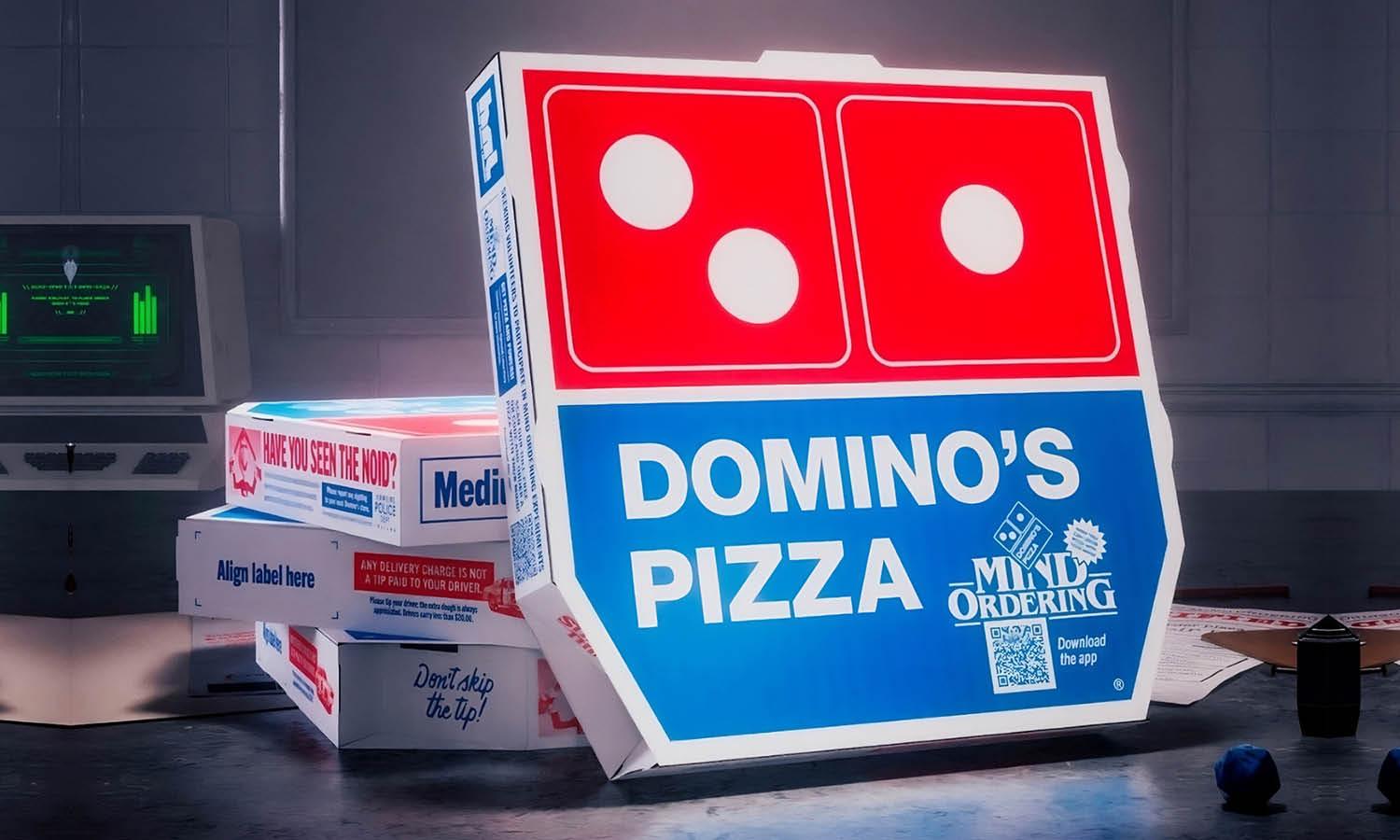
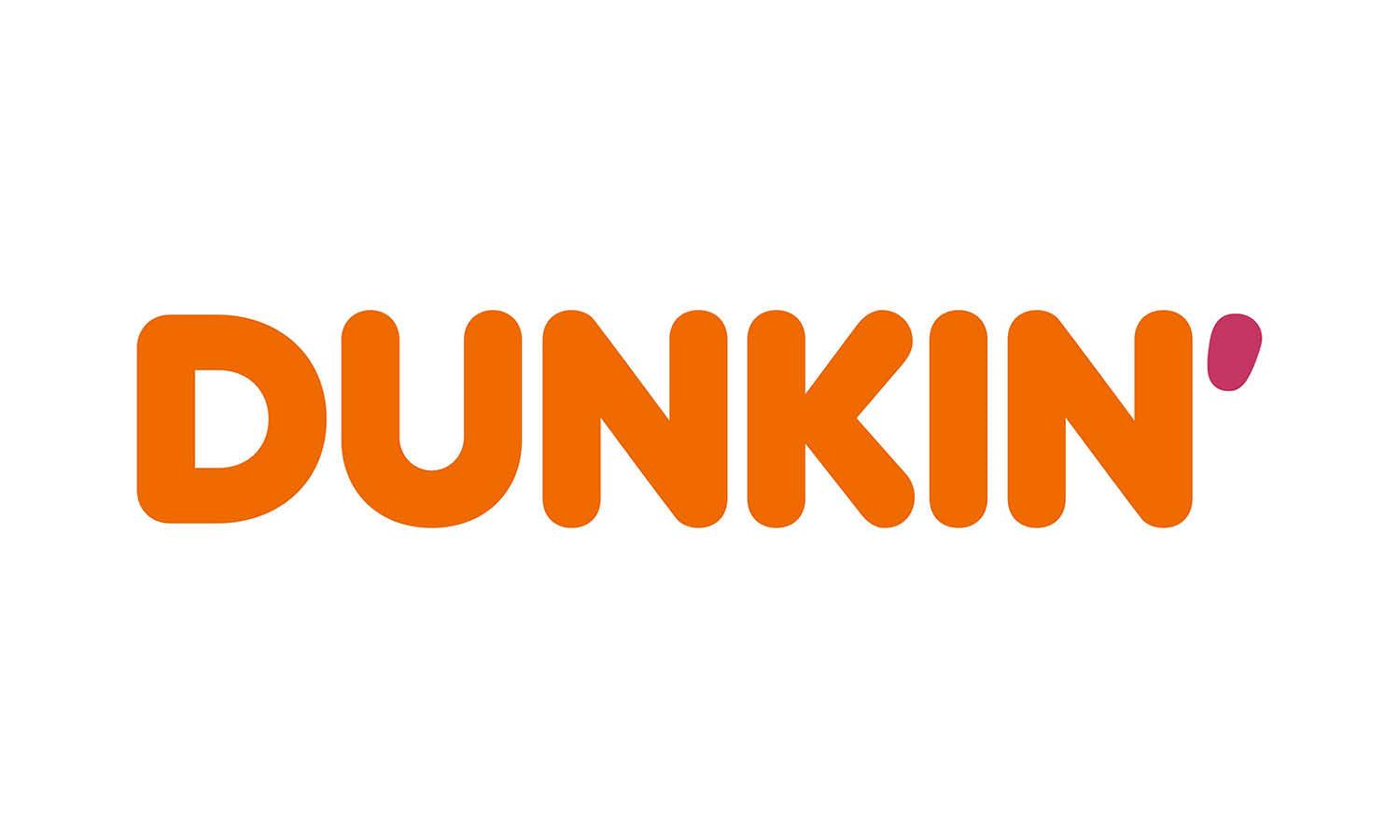
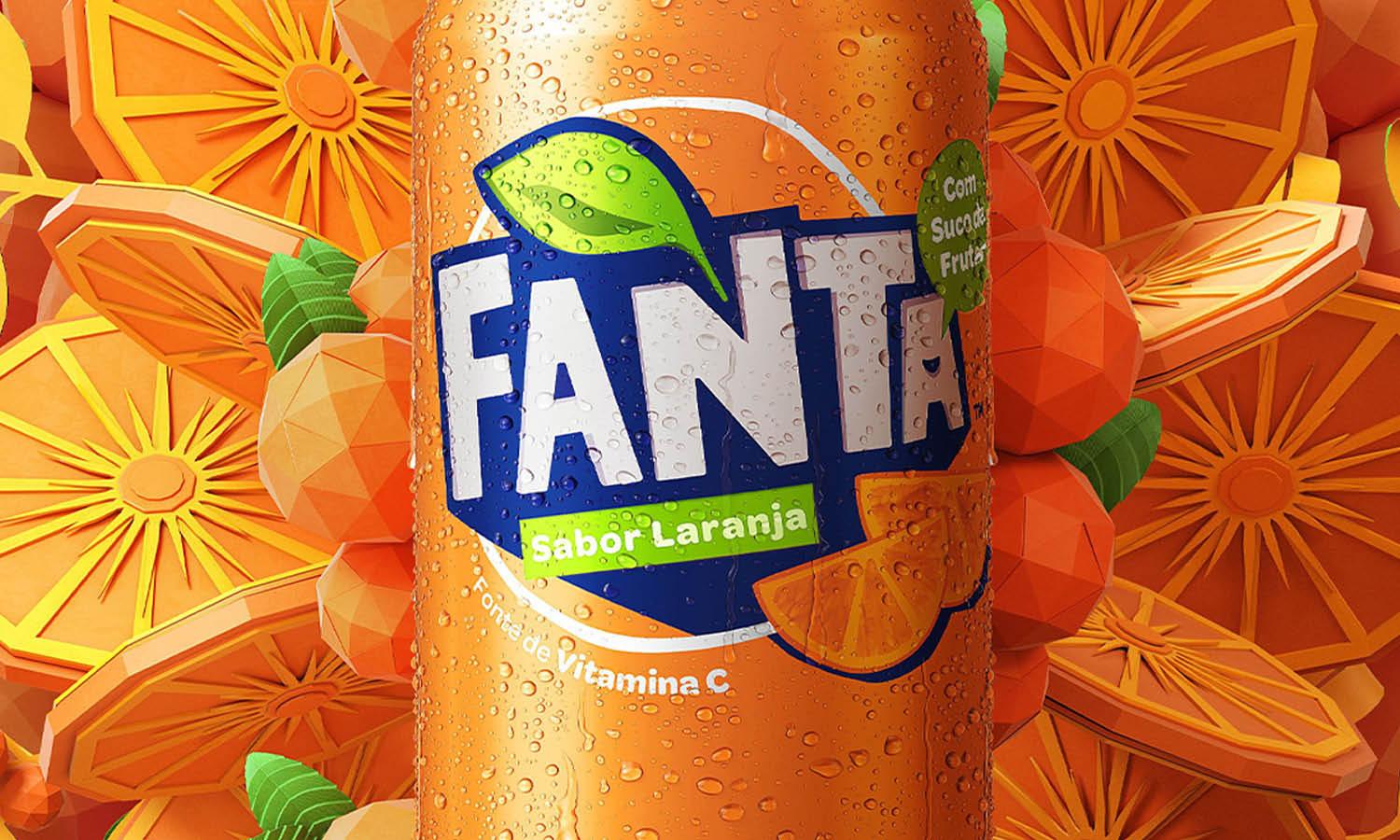

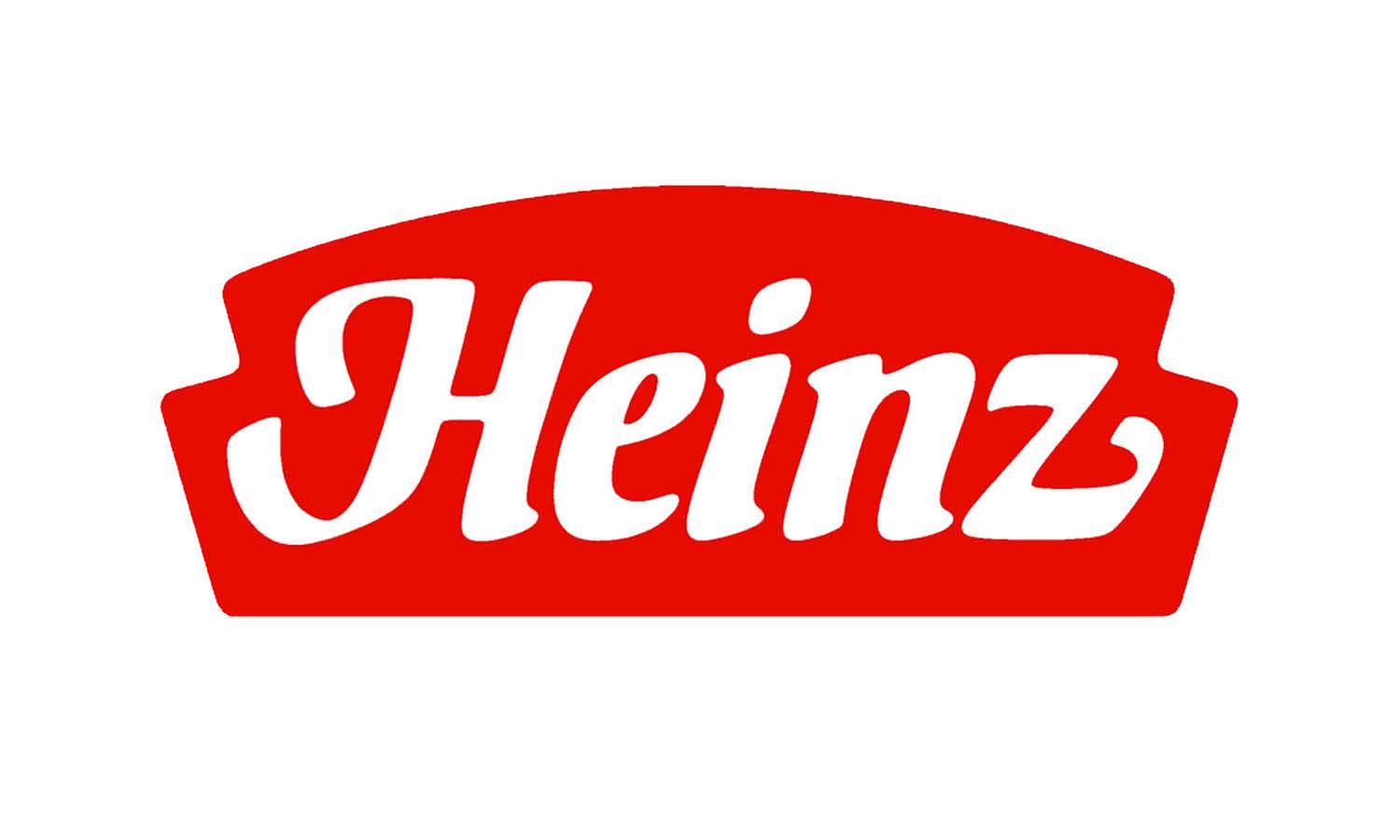

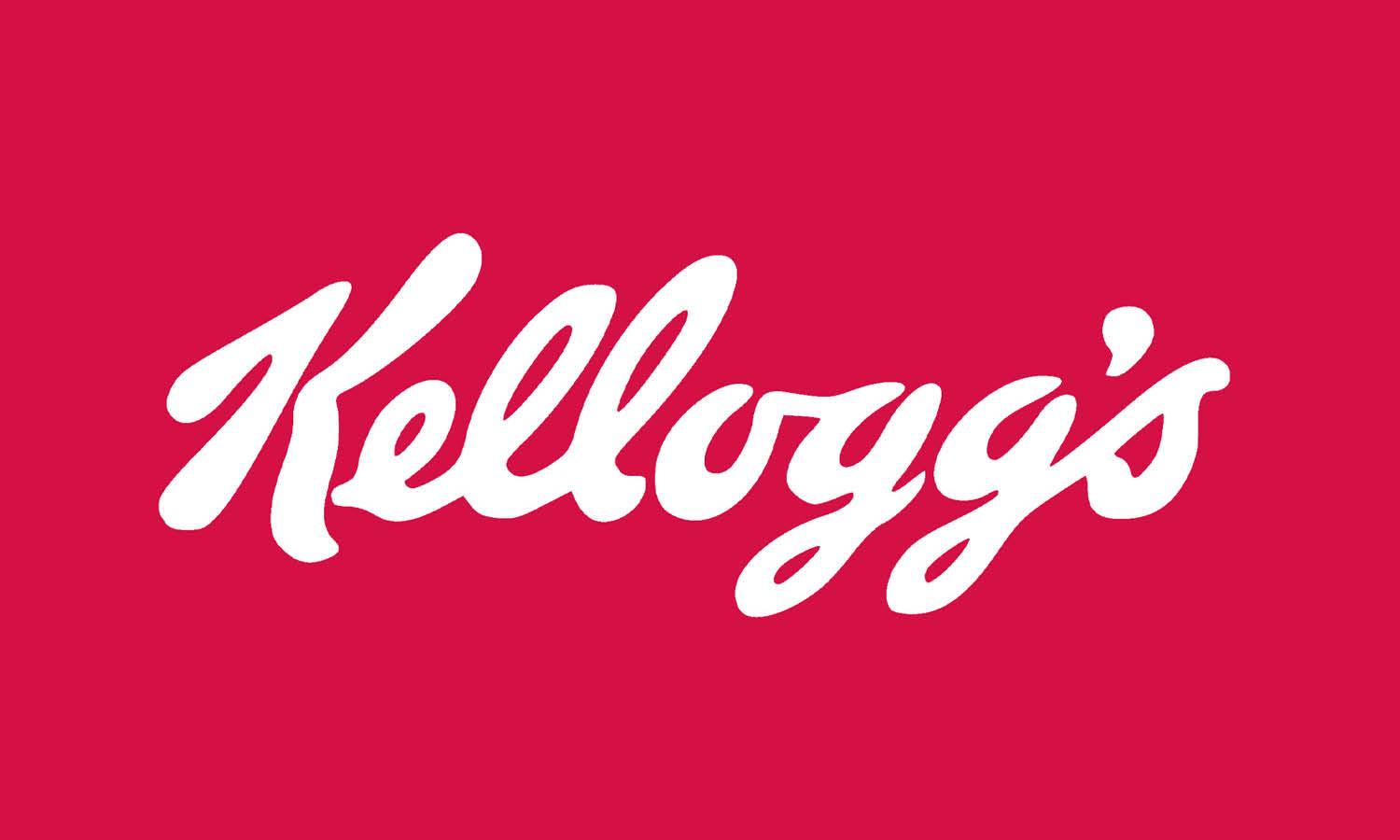








Leave a Comment